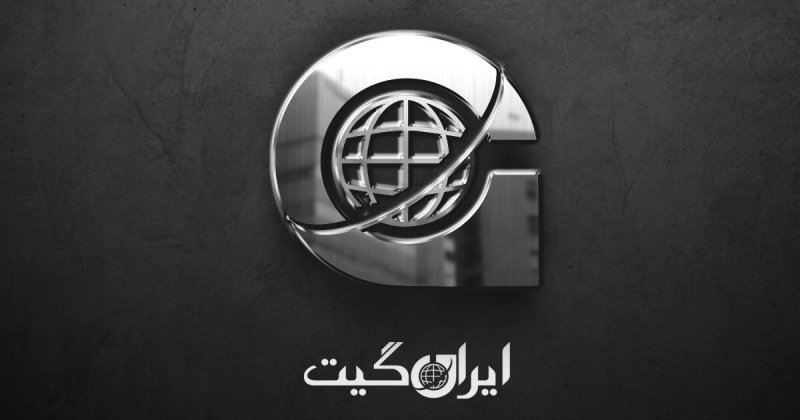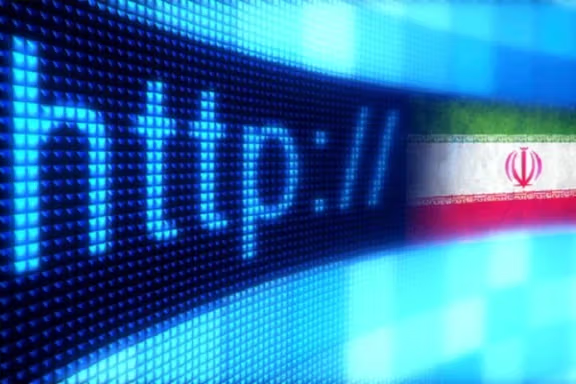The Tehran Electronic Commerce Association of Iran ranked 97th in internet quality among 100 countries.
In its latest report released on Sunday, August 12, the Tehran Electronic Commerce Association presented a concerning picture of the internet situation in Iran and warned about the user experience infrastructure and free access to the global network.
According to this report, Iran ranks 97th in terms of internet quality among the 100 countries with the highest GDP. This evaluation is based on three main indicators: connection speed, level of disruptions, and restrictions, showing that the internet in Iran is one of the slowest, most unstable, and most restricted in the world.
The report further states that Iran ranks just above a few countries in terms of RTT (Round-Trip Time) for data, including Cuba, Turkmenistan, Cameroon, Angola, Sudan, Congo, and Ethiopia.
In this context, Pouya Pirhosseinloo, head of the Internet Commission of the Electronic Commerce Association, told Zoomit about the impact of filtering on internet quality, saying millions of users still use ADSL, and the reality is that even with the best infrastructure, internet problems won’t be solved. However, it must be emphasized that filtering equipment inherently causes disruptions and seriously affects the performance of many emerging protocols and websites.
He also added that today many websites are filtered, which causes users’ internet traffic to pass through distant and unsuitable routes, reducing speed. Studies show that 93% of young people and 86% of the general population use VPNs, even when accessing sites that are not filtered, VPNs remain on, which also contributes to the reduction of internet quality and speed in the country.
According to this report, structural disruptions caused by filtering, heavy VPN traffic, and lack of access to modern technologies are identified as the main reasons for the decline in internet quality in Iran.

